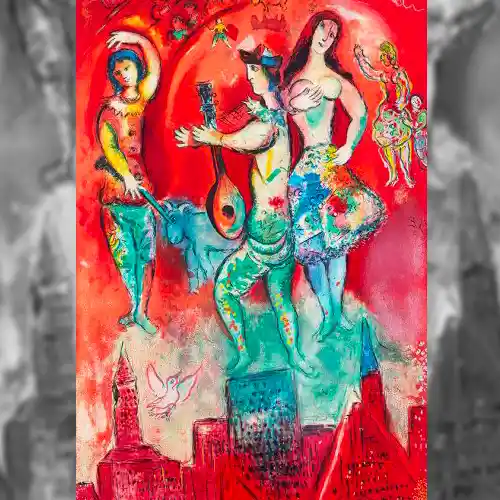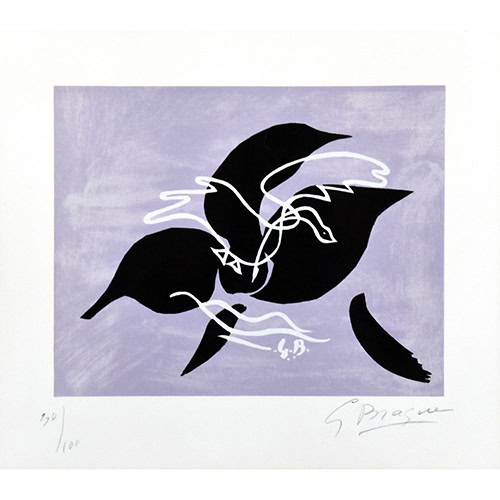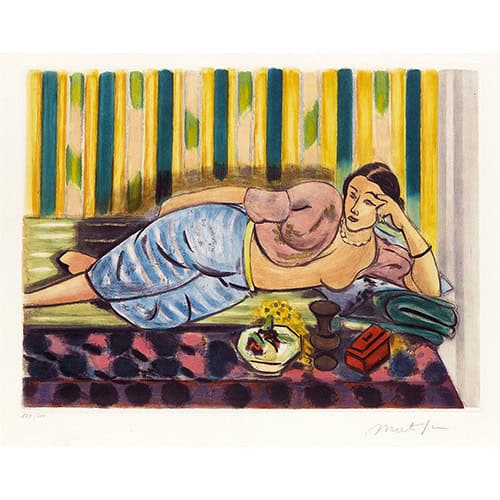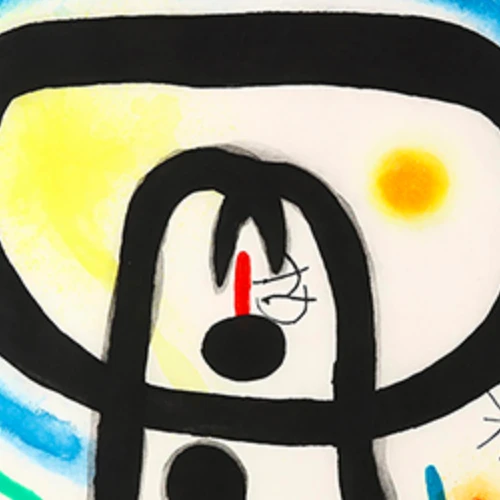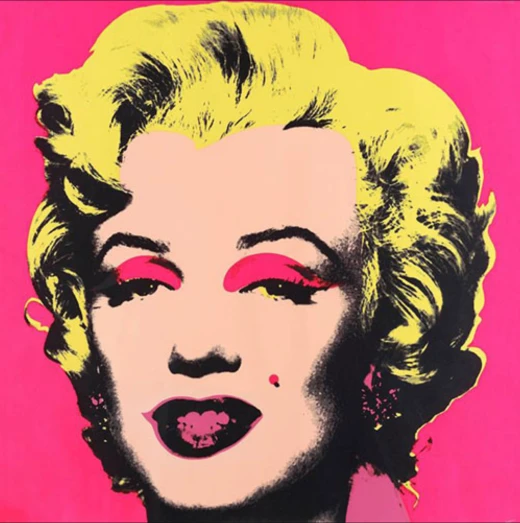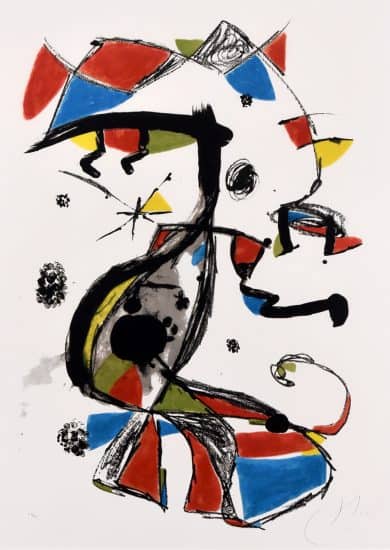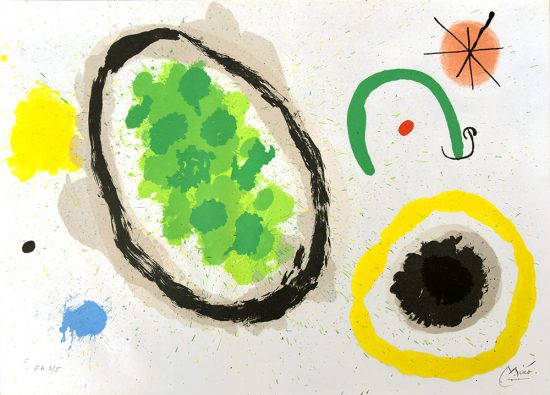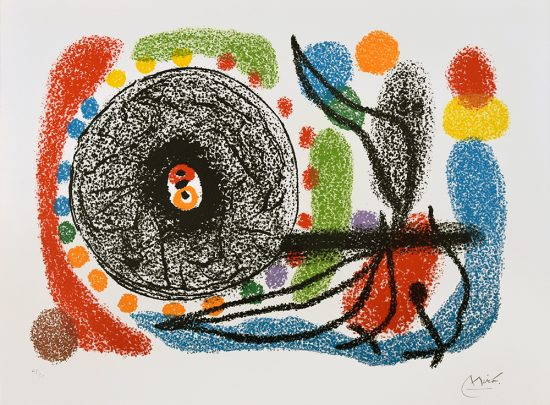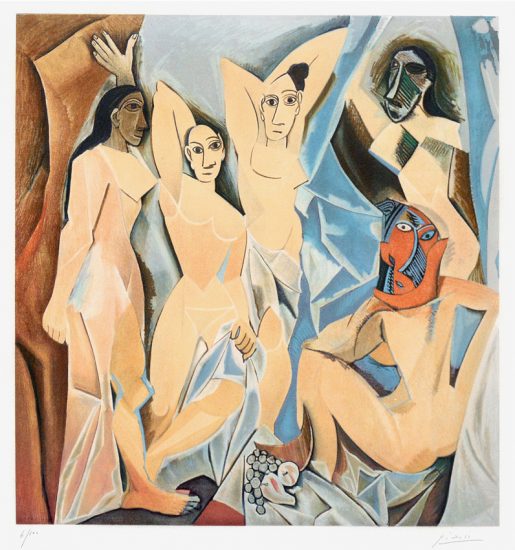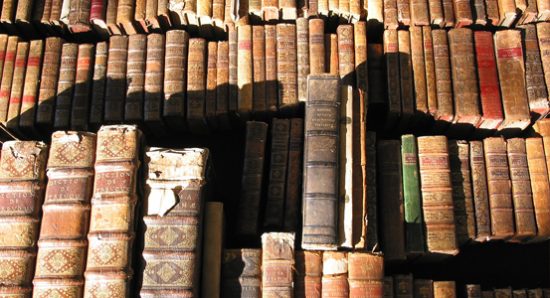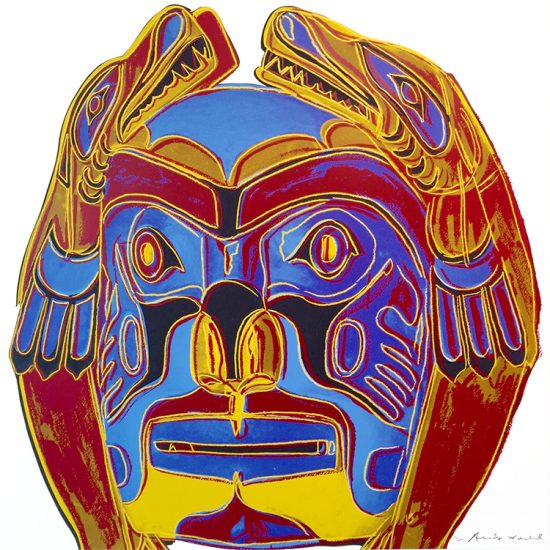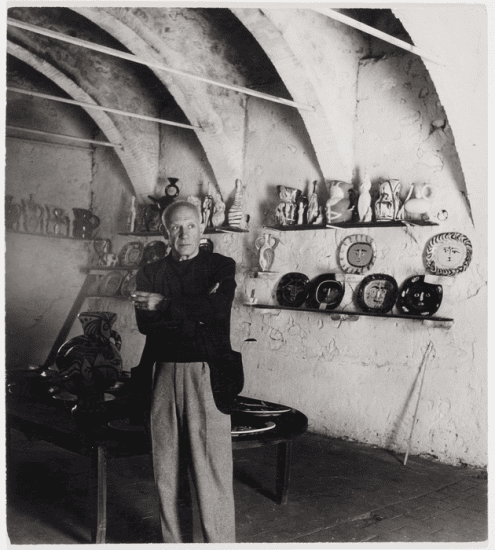What is an Artist Proof? Prints often have annotations in the margins, and you might be wondering what they mean. In general, prints are signed and numbered with their edition. In addition to these markings, you might also see the following abbreviations:
A.P. stands for Artist’s Proof. But what does artist proof mean? This annotation stems from the past when artists would be hired by patrons to complete a project. A portion of the edition was then set aside for the artist and left unnumbered for them to do with it what they wanted. This tradition is something that continues into modern day printmaking, though there is no longer such a rigid system of patronage.
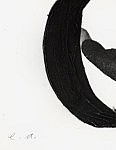
E.A. stands for “épreuve d’artiste,” meaning Artist’s Proof in French.
H.C. stands for hors commerce, or “not to sell.” Similar to an artist’s proof, this proof was set aside from the editioned prints. Often the H.C. impressions were used as exhibition copies, so that the works being sold were not over-handled or damaged. Sometimes these impressions differed from the editioned prints by being printed on different paper or inked differently, but this is not always the case; most often the H.C. impressions are identical to the editioned prints.

P.P. stands for Printer’s Proof, which similarly to the Artist’s Proof, was an unnumbered proof given to the printer as thanks or compensation from the artist. Depending on the number of printers who worked on a piece as well as the generosity of the artist, there may have been multiple printer’s proofs of any given work.

B.A.T. meaning “Bon à Tirer” or “ready to pull” was annotated on the proof that was approved for final printing by the artist. The edition was then made in the image of the B.A.T. Only one of these such prints exists for each edition.
A trial proof is any impression taken to test the development of the image, after which point the artist may decide to change things. There can be many trial proofs before the B.A.T. is created.
What is an Artist Proof's value? Artist Proofs are generally valued higher than other prints in the edition, due to the rarity and small quantity of them. Oftentimes the Artist Proof are altered from the final edition, creating a uniqueness to them that is very desirable.

